Catalog: Learning and Educational Activities and Resources from NASA Science
This catalog of learning resources draws from NASA science content. You can search this collection using key words and/or the drop down filters to pinpoint resources to use with your audience of learners.
Filters
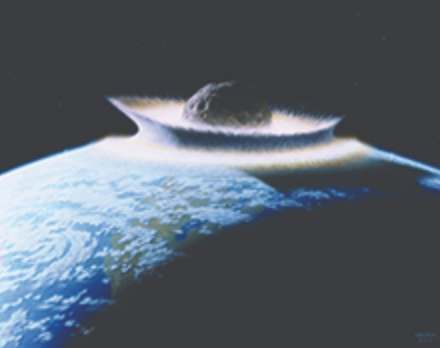
Lunar & Asteroid Traveling Exhibits
This collection of nine portable traveling exhibits communicates different aspects of lunar and asteroid science and exploration. Developed for use in public libraries and informal education settings, each exhibit consists of three banners with accompanying stands, and telescoping poles.
Go to Resource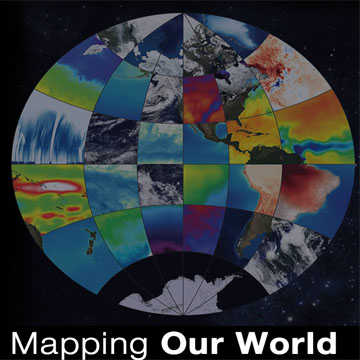
Mapping Our World
This interactive is a graphical introduction to geospatial images from NASA Earth science satellites and encourages exploration of the interconnected nature of Earth’s system by students and the public alike. Explore 25 different Earth images and learn key features behind each data set, learn more about the satellite mission that collected the data, and find links to related NASA resources, including multimedia and data. See supplemental links for a link to a poster version of the interactive. The backside of the poster includes information on how and why NASA maps the world, a student section with tools and resources for them to explore and create their own maps, and more.
Go to Resource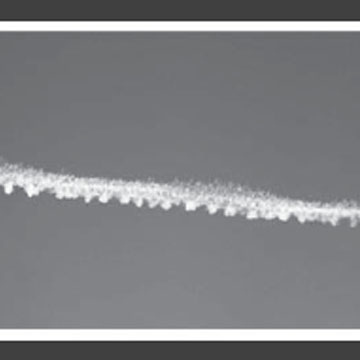
GLOBE Contrail Chart
This identification chart is a basic guide to observing contrails. It shows examples of the three types of contrails: short-lived, persistent, and persistent spreading. The chart is intended for use by students participating in the GLOBE program. GLOBE (Global Learning and Observation to Benefit the Environment) is a worldwide, hands-on, K-12 school-based science education program. Versions are available in the 6 UN languages, as well as two tri-language versions.
Go to Resource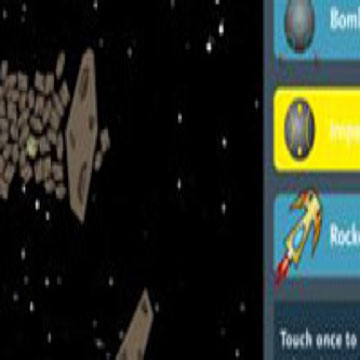
Deflect an Asteroid
This is a game which focuses on the challenge of moving a “rubble pile” asteroid. Players have the option of using bombs, impactors, or “pusher” ships. It is a simpler version of Rubble! and part of the Killer Asteroids Web Site. The site also features a background overview of the differences between asteroids and comets, information on different types of asteroids (rubble piles vs monoliths), and a discussion of how at risk Earth really is to an asteroid or comet impact.
Go to Resource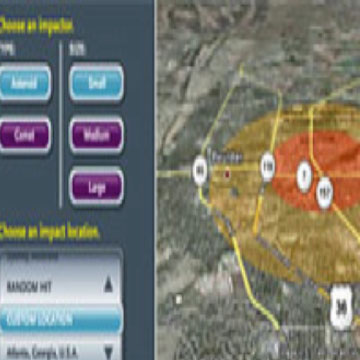
What if it Hit My Town?
This online game allows players to choose any location on Earth and impact it with a variety of different sized asteroids and comets. They can see how big the blast radius will be, and determine what size object it would take to wipe out their town. It is part of the Killer Asteroids Web Site. The site also features a background overview of the differences between asteroids and comets, information on different types of asteroids (rubble piles vs monoliths), a discussion of how at risk Earth really is to an asteroid or comet impact, and background information on light curves.
Go to Resource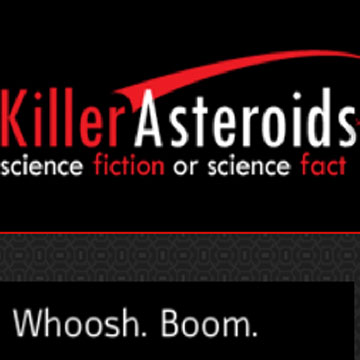
Killer Asteroids
This is a website about asteroids and comets. Learners can play a physics-based asteroid game, learn about how backyard astronomers are contributing to asteroid research, or simulate an asteroid impact using a Google Earth Impact simulation. Includes background information about comets and asteroids and links to multimedia resources.
Go to Resource